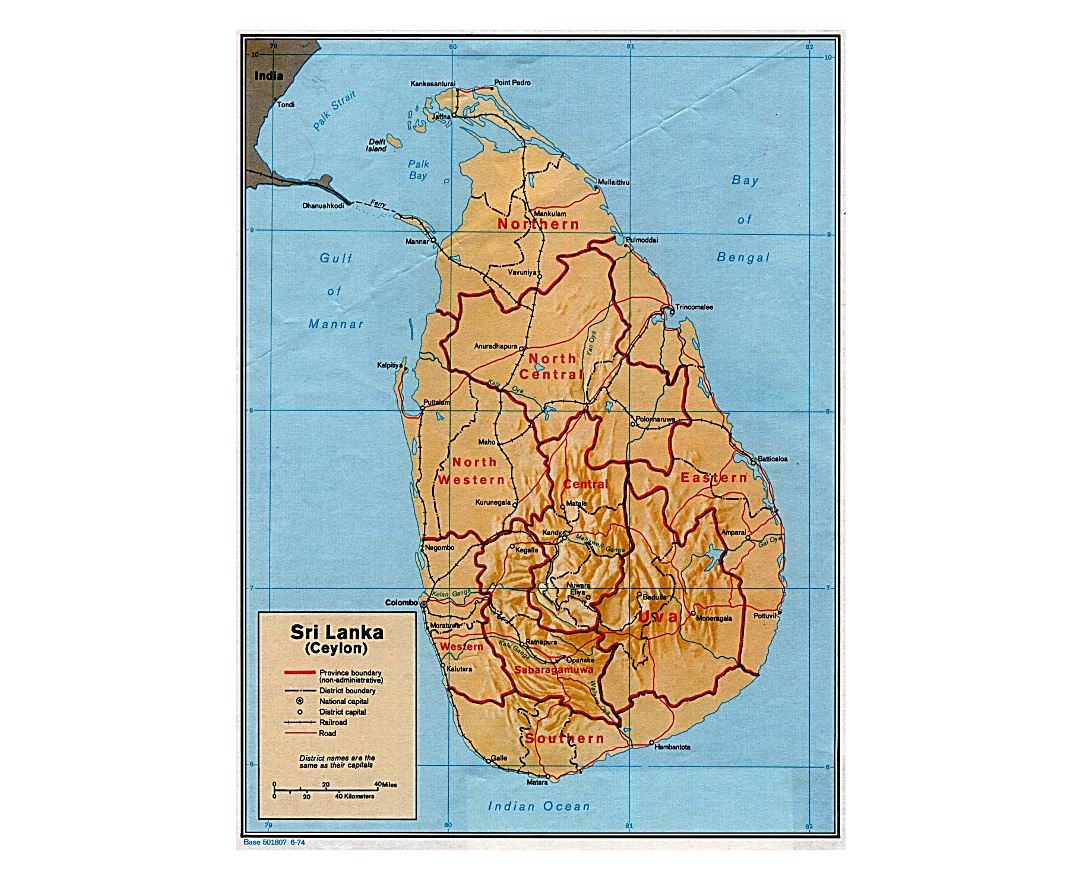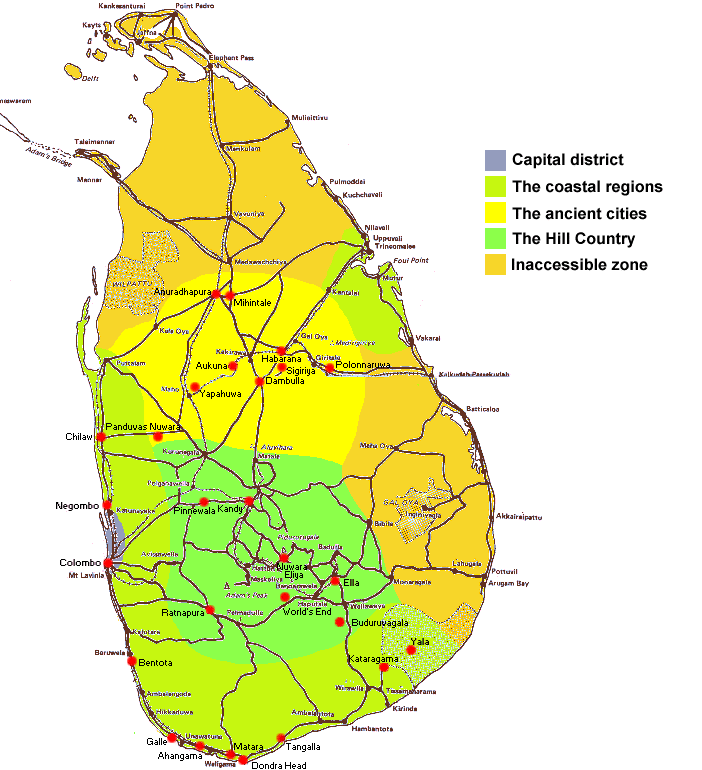
In 1833, the island fell under British administration, which lasted until 1948 when Ceylon gained independence.Īfter gaining independence, the Tamil and Sinhala communities faced much conflict. The British occupied Sri Lanka, calling it Ceylon in 1796, and by 1815, the Kingdom of Kandy was conquered by Britain. The Dutch won the battles, and Colombo became a Dutch colony. Dutch explorers followed and the native kingdom of Kandy agreed to a treaty with their Dutch East India Company, sparking a Dutch-Portuguese War. They expanded their colony over time and warred with the native kingdom, which began to move inland to escape the colonist's attacks.


The Portuguese gave the island the name Sri Lanka. Invasions from neighboring South Asian nations marked the 3rd century BC, including overthrows of the government by the Chola, Pandya, Chera, Pallava, and Kalinga people.Įuropean explorers arrived with the Portuguese in 1505, soon followed by the establishment of a fort in Colombo in 1517. A later wave of migration around 300 BC brought the Tamils from India's Tamil region.

The migration from India also brought Buddhism, drastically transforming the culture of Sri Lanka. The 5th century BC brought migrants who traveled from India and settled on Sri Lanka, and the Sinhalese soon dominated the population of the island.


 0 kommentar(er)
0 kommentar(er)
